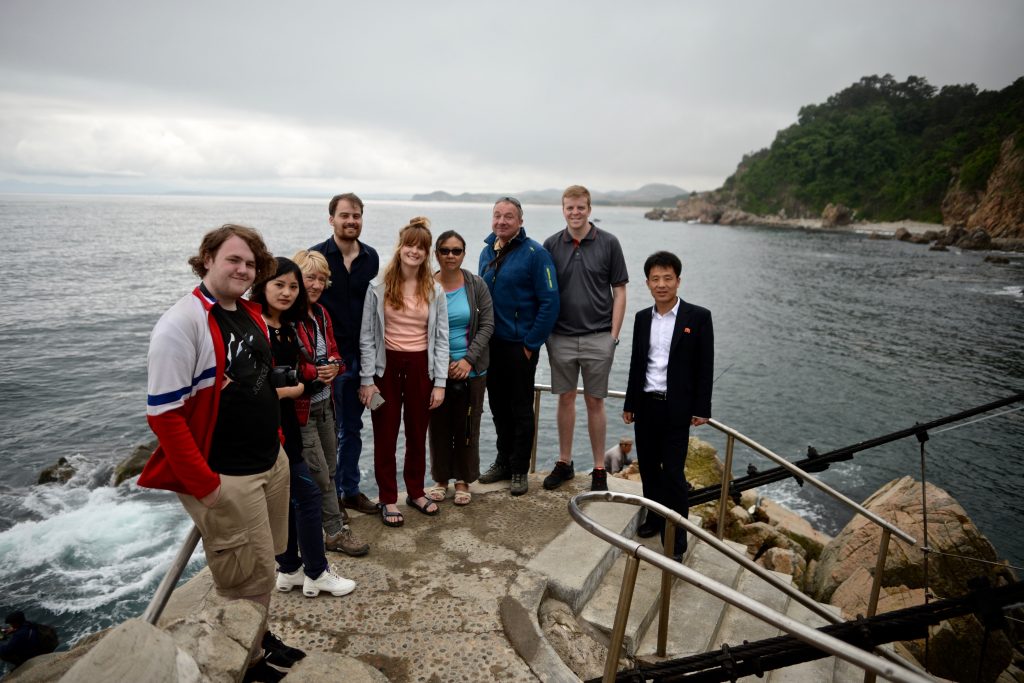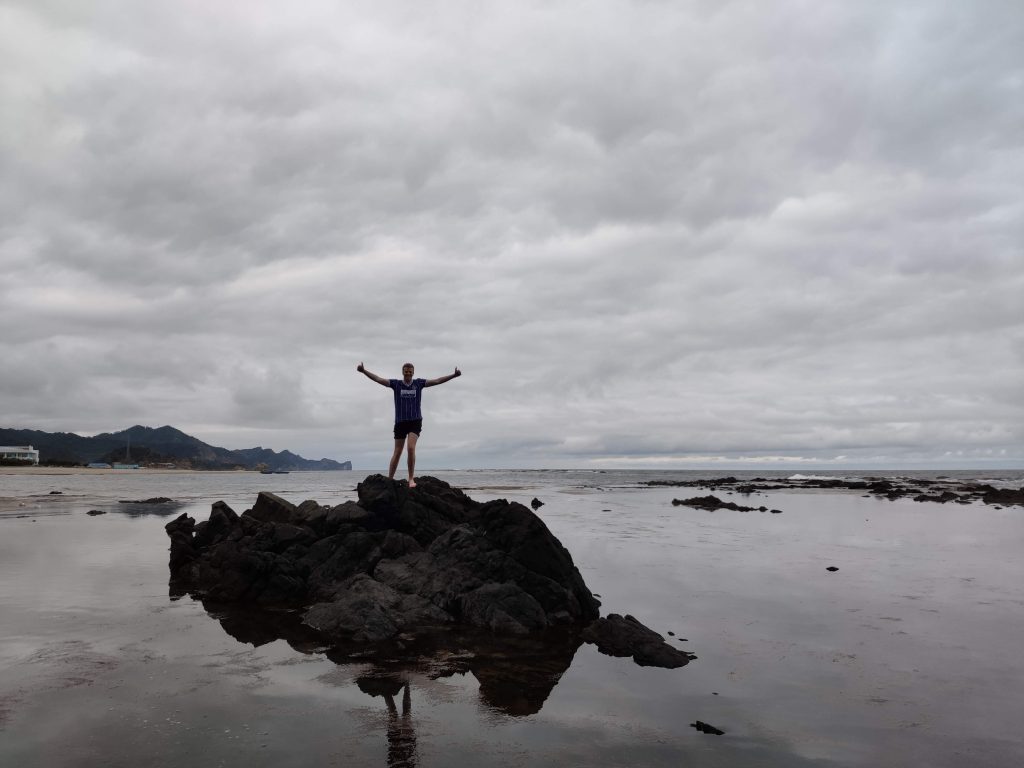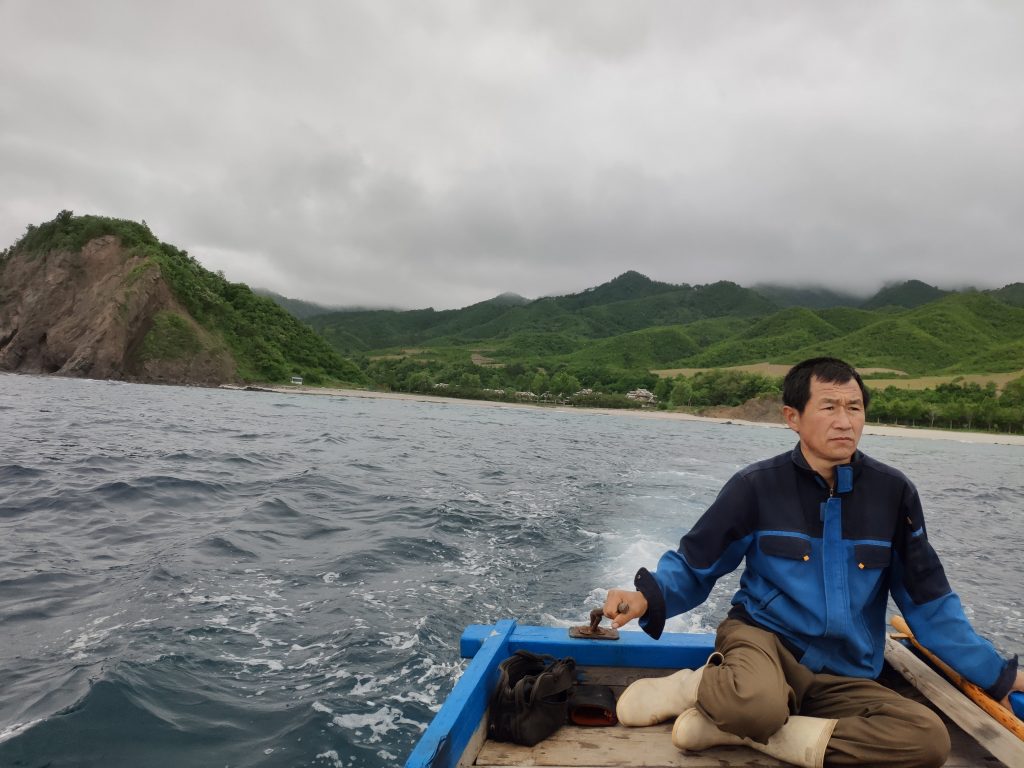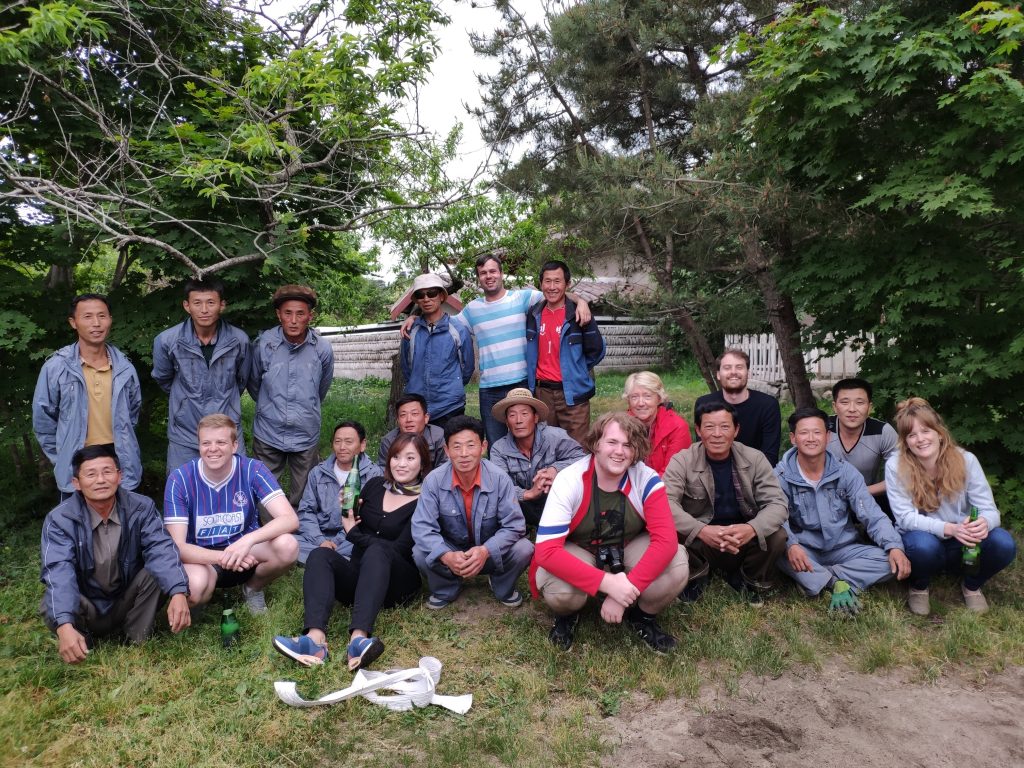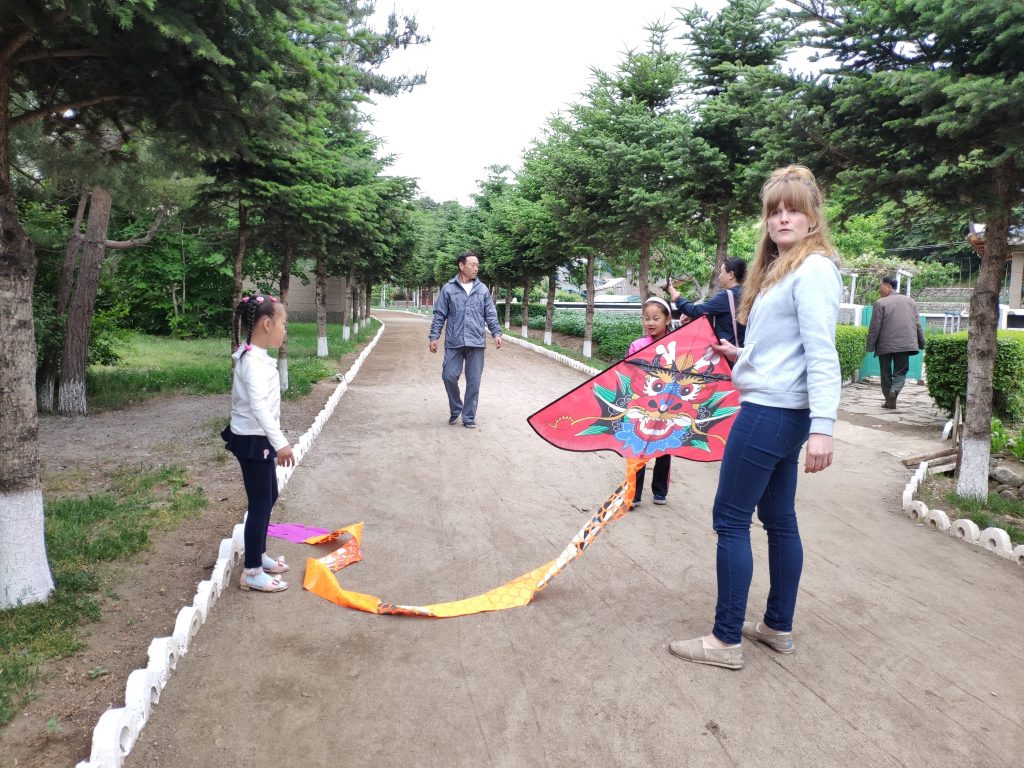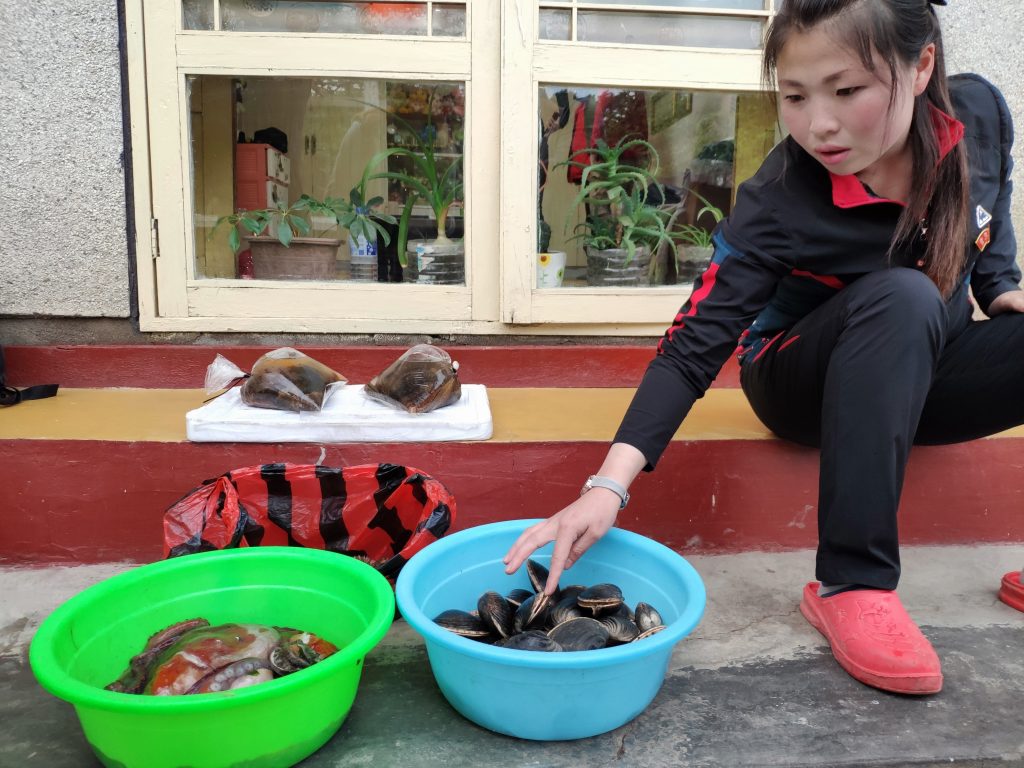Mt Chilbo, or known as Chilbosan to the Koreans, is located in the North East of North Korea in North Hamgyong Province. It is located three and a half hours drive from the province’s capital, Chongjin – also the DPRK’s third-largest city, and a two-hour drive from Orang county where the nearest airport is located.
The Mt. Chilbo ranges are the most famous in Korea for holding over a million folklore stories involving fairies, mystical turtles, rabbits and lions, farmers stacking their hay, and Marriage Gate, which the North Koreans find very amusing. During your visit, your local Korean guides will share some of their highlights with you along the way.
The name Chilbo derives from the meaning of having seven treasures stored in the mountains deriving from a folklore story. It is one of the most spectacular and remote travel destinations in North Korea, as well as having the only Homestay in the DPRK.
Whilst not considered in the ‘Five holy mountains of Korea’ according to the North Koreans, it was subtly added later as a sixth after Kim Jong Il visited the region in 2006 and declared it of equal value.
In 2000 Mount Chilbo was included in the UNESCO World Heritage Tentative list, and including Kaesim Temple – a thousand-year-old temple dating back to 826 along with this bronze bell hung in 1764.
In 2014 Mt. Chilbo was recognized as an International Biosphere Reserve during the 26th meeting of the UNESCO International Coordinating Council of the Man and Biosphere Program, along with Mt. Paektu, Mt. Myohyang and Mt. Kuwol.
The mountain range is split into three parts – Inner, Outer, and Sea Chilbo. On top of being blessed with stunning scenery, it has enough North Korean revolutionary sites as a reminder of where this mountain range in uniquely located.
There are multiple mountains within the range with peaks from 700m to 1103m high above sea level and cover an area over 250 square kilometres. The region is notably distinct during each season, with Autumn being the most breathtaking.
Mt Chilbo is also known to the North Koreans as the “Mt. Kumgang of North Hamgyong Province”, and from 2012 when YPT conducted the first North Hamgyong Tour entering from the Tumen Namyang border crossing, the focus has increased on bringing foreign tourists to this beautiful remote area of the DPRK.
Inner Chilbo
Extending to the inland of the mountains, the wide variety of scenery and rock formations make this not only beautiful but an ideal place for magnificent hiking. It is subdivided into Kaesim, Sangmae, Naewon, and Isonam district.
The main attraction to Inner Chilbo is Kaesim Temple. Located next to the temple is a 600-year-old chestnut tree that still produces tasty chestnuts.
Outer Chilbo
The stretch between Inner and Sea Chilbo. Unlike Inner Chilbo, this region features more peaks and valleys stretching for miles around. It is subdivided into the districts of Tok Valley, Rokok Peak, Jangsu Peak, Manmulsang, Taphokdong, Hwangjin and Kangson Gate.
Joyak Pavilion is located 400m above sea level, giving visitors an incredible panoramic view of Manmulsang and the Outer Chilbo ranges.
Sea Chilbo
An ampere contrast to Inner and Outer Chilbo, truly one of the most relaxing and stunning places that tourists are allowed to visit within the DPRK. Cliffs, peaks leading to stunning seashores, beaches and waves lashing in and out on the distinct rock formations that litter the 40km coastline from Musu Plain in the south to Orang Plain in the north. It is also in this region where you can experience one of the major highlights of North Korea.
North Korean Homestay
Situated on the shores of Sea Chilbo it has 20 houses – 14 traditional Korean homes and six European houses. During the homestay, you will be able to experience cooking with North Korean families, eating, drinking, playing games and enjoy a late evening bonfire. This region is most famous for having the most incredible seafood in the country.
During Kim Jong Il’s visit in 2004, he also stayed at house no. 16 for two nights, which is also opened for visiting guests.
Waechilbo Hotel
This pleasant enough hotel is located in Outer Chilbo and consists of 5 houses accommodating up to 57 people. The hotel is currently under renovation.
Outer Chilbo Hotel
A hotel split into three buildings within the valley of Outer Chilbo, this cozy hotel offers 12 rooms, each with twin beds. Running hot water is not available at this hotel, but the friendly hotel staff provide hot buckets of water each evening and morning. The chefs do a magnificent job preparing local delicacies and are not shy to join your table for a drink if invited.
How to visit Mt Chilbo
Being one of the most remote mountains in the DPRK, it is possible to visit Mt. Chilbo from a domestic flight from Pyongyang to Orang, to enter North Korea from China at the Tumen-Namyang border crossing, or to visit from Rason Special Economic Zone in the DPRK.
We offer multiple tours to Mt. Chilbo, which can be viewed here on our North East tours page.










